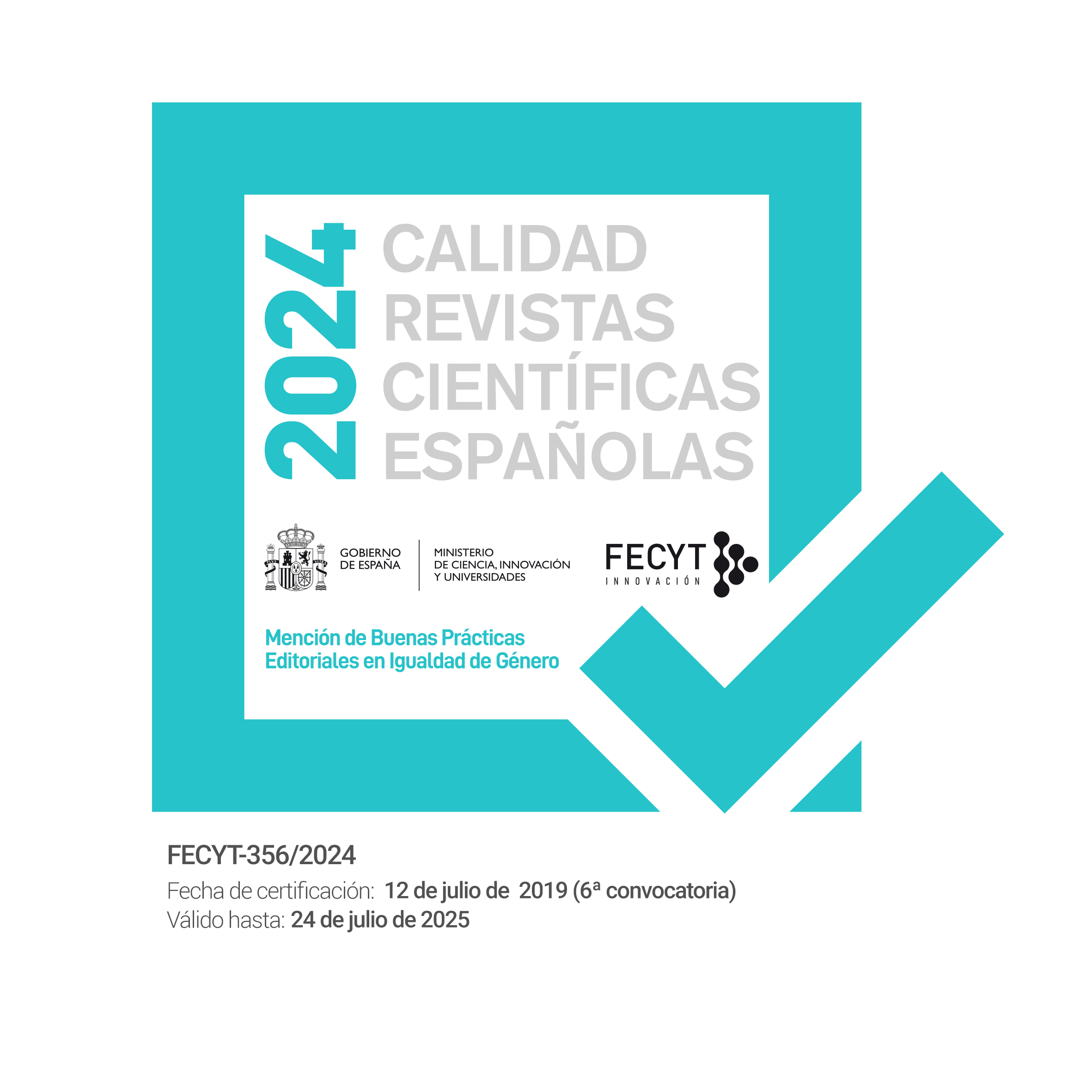Policy Networks and Information Society promotion. A comparison between Catalonia and Euskadi
DOI:
https://doi.org/10.24965/gapp.v0i1.415Keywords:
Policy networks analysis, Information Society, Catalonia, Euskadi, institutionsAbstract
From a quantitative perspective, this article analyses the policy networks that promote Information Society in Catalonia and Euskadi. It aims to map and to clarify what actors are perceived as influential, the relationships that are established between these actors and the interests that prevail. With all this information it will be examined if differences or similarities exist between Catalonia and Euskadi, and it will allow to discuss in what measure the public policies guided to the promotion of the Information Society in both regions are (or not) conditioned by the forms and structures of the policy networks.
Downloads
References
Ahedo, Manu (2003), “Las Asociaciones-Cluster de la Comunidad Autónoma del Euskadi (1986-2002): tradición, interacción y aprendizaje en la colaboración Gobierno-Industria”, Ekonomiaz, 53: 114-135.
Azúa, Jon (2003), “La clusterización de la actividad económica: concepto, diseño e innovación. Apuntes para su aplicación en la estrategia competitiva de Euskadi”, Ekonomiaz, 53: 222-238.
Borgatti, S.P., Everett, M.G. y Freeman, L.C. (2002), Ucinet for Windows: Software for Social Network Analysis. Harvard, MA: Analytic Technologies.
Börzel, Tanja A. (1997), “What’s So Special About Policy Networks? - An Exploration of the Concept and Its Usefulness in Studying European Governance“, European Integration Online Papers (EIOP) vol 1, nº 16: http://eiop.or.at/eiop/texte/1997-016a.htm (consulta: 23 de octubre de 2008).
Brandes, U. y Erlebach, Th. (2005), Network Analysis. Methodological Foundations, Berlín: Springer-Verlag.
Comisión Europea (1993), Libro Blanco sobre Crecimiento, competitividad y empleo, COM(93) 700.
Comisión Europea (1994), Europe and the global Information Society, http://www.cyber-rights.org/documents/bangemann.htm (consulta: 23 de octubre de 2008).
Comisión Europea (1999), e-Europe: Una sociedad de la Información para todos, http://europa.eu/scadplus/leg/es/lvb/l24221.htm (consulta: 23 de octubre de 2008).
Echebarria, C. y Aguado, I. (2002), “Las Políticas de Ciencia, Tecnología e Innovación en la CAPV”, Euskonews & Media, 178. http://www.euskonews.com/0178zbk/gaia17805es.html (consulta: 1 de mayo de 2008).
Granovetter, M. (1973), “The Strength of Weak Ties”, American Journal of Sociology, 78 (6): 1360-1380.
Hanneman, R. A. (2001), “Introducción a los métodos del análisis de redes sociales: Capítulo sexto: centralidad y poder”. http://www.unap.cl/p4_unap/docs/curso_sociologia/Hannemann_cap6.pdf (consulta: 23 de octubre 2008).
Katz, L. (1953), “A New Status Index Derived from Sociometric Analysis” Psychometrika, 18: 39-43.
Klijn, E.-H. y Koopenjan, J.(2006), “Institutional design. Changing institutional features of networks”, Public Management, 8 (1):141-160.
Knoke, D. (2004), “The Sociopolitical Construction of National Policy Domains” en Christian H.C.A. Henning y Christian Melbeck, ed. (2004), Interdisziplinäre Sozialforschung: Theorie und empirische Anwendungen, Oxford: Polity Press (pp. 81-96). La versión consultada es un borrador de 2003. http://www.soc.umn.edu/~knoke/pages/Knoke_Constructing_National_Policy_Domains.pdf (consulta: 07 de marzo de 2008).
Knoke, D., Pappi, F.U., Broadbent, J. y Tsujinaka Y. (1996), Comparing Policy Networks: Labor Politics in the U.S., Germany, and Japan. Nueva York: Cambridge University Press.
Laumann, E. O. y Knoke, D. (1987), The Organizational State: A Perspective on the Social Organization of National Energy and Health Policy Domains. Madison, WI: University of Wisconsin Press.
March, J.G. y Olsen, J.P. (1989), Rediscovering Institutions. The organizational basis of politics, Nueva York: Free Press.
Moso, M. (2000), Origen y evolución de las políticas científicas y tecnológicas en la Comunidad Autónoma de Euskadi (1980-1998). Bilbao: Universidad del Euskadi.
North, D.C. (1990), Institutions, Institutional Change and Economic Performance. Cambridge: Cambridge University Press.
Ostrom, E. (1986), “An agenda for the study of institutions”, Public Choice 48: 3-25.
Provan, K. G. y Sebastian, J.G. (1998), “Networks within networks: Service link overlap, organizational cliques, and client outcomes in community mental health”, Academy of Management Journal, 41(4): 453-463.
Provan, K.G. y Milward, B.H. (1995), “A Preliminary Theory of Network Effectiveness: A Comparative Study of Four Community Mental Health Systems”, Administrative Science Quarterly, 40 (1): 1-33.
Raab, J. (2005), “Power concepts, or Who is in Charge?”, Documento de trabajo de la POLNET Summer School on the Analysis of Political and Managerial Networks, Tilburg: Holanda.
Sabatier, P.A. y Jenkins-Smith, H. (1999), “The Advocacy Coalition Framework. An Assessment” en P. Sabatier, ed., Theories of the Policy Process, Boulder, Colorado: Westview.
Sabatier, P.A. (1999), “The Need for Better Theories”, en P. Sabatier, ed., Theories of the Policy Process. Boulder, Colorado: Westview,
Scott, J. (2004), “Studing power”, en Scott, J., ed., The Blackwell Companion to Political Sociology, Nashwell Publishers.
Zurbriggen, C. (2003), “Las redes de políticas públicas. Una revisión teórica”, Documentos de trabajo del Instituto Internacional de Gobernabilidad de Cataluña.












